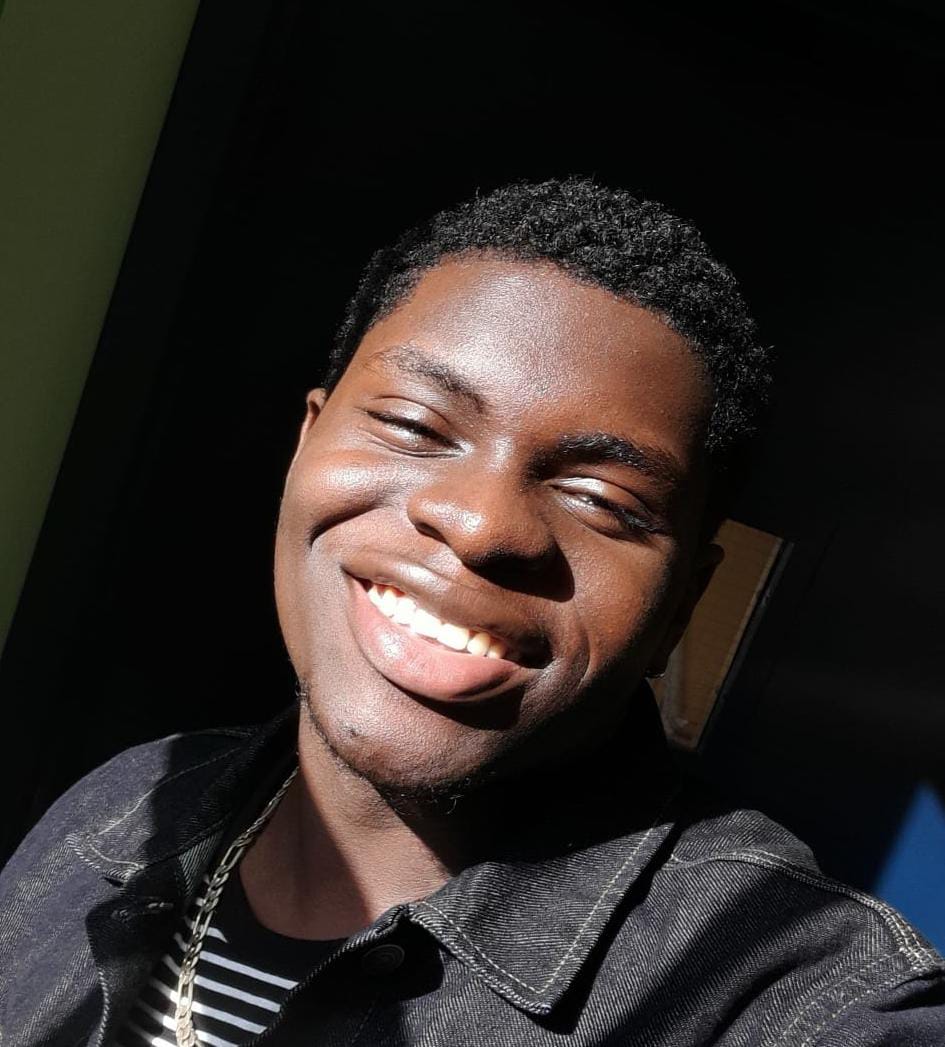Below is a summary of the abstract you submitted. Presenting author(s) is shown in bold.
If any changes need to be made, you can modify the abstract or change the authors.
You can also download a .docx version of this abstract.
If there are any problems, please email Dan at dar78@pitt.edu and he'll take care of them!
This abstract was last modified on March 21, 2023 at 6:34 p.m..

In a world where antibiotic resistance is rising, a once-shelved idea is again being pushed into the limelight. Bacteriophages are viruses that essentially "eat" bacteria. They infect bacteria so that they can replicate themselves. Scientists studying bacteriophage hypothesize that these viruses can be used to cure bacterial infections in humans through what is now known as phage therapy. With an estimated total of 10<sup>31 </sup> bacteriophages on the entire earth, researchers with SEA-PHAGES (Science Education Alliance-Phage Hunters Advancing Genomics and Evolutionary Science) isolated, analyzed and annotated the bacteriophage Altadena. Altadena, collected from Virginia State University soil outside of Gateway residence hall, was subjected to a variety of laboratory procedures (such as serial dilutions, plaque assays, and virus purification) to produce a purified sample that could be analyzed at the genetic level. Once sequenced, researchers used computer programs such as PECAAN, Phamerator, BLAST, and many others to annotate the genes of Altadena. With a genome consisting of 48,060 base pairs, Altadena was classified as an FH cluster family member. Additionally, it has the morphology of a Siphoviridae (shaped like a lollipop) and an as-of-yet unknown life cycle. With eight unique genes that have never been identified by scientists before, Altadena is a part of the puzzle to creating a safer world in the eyes of public health and the rising antimicrobial resistance threat.

